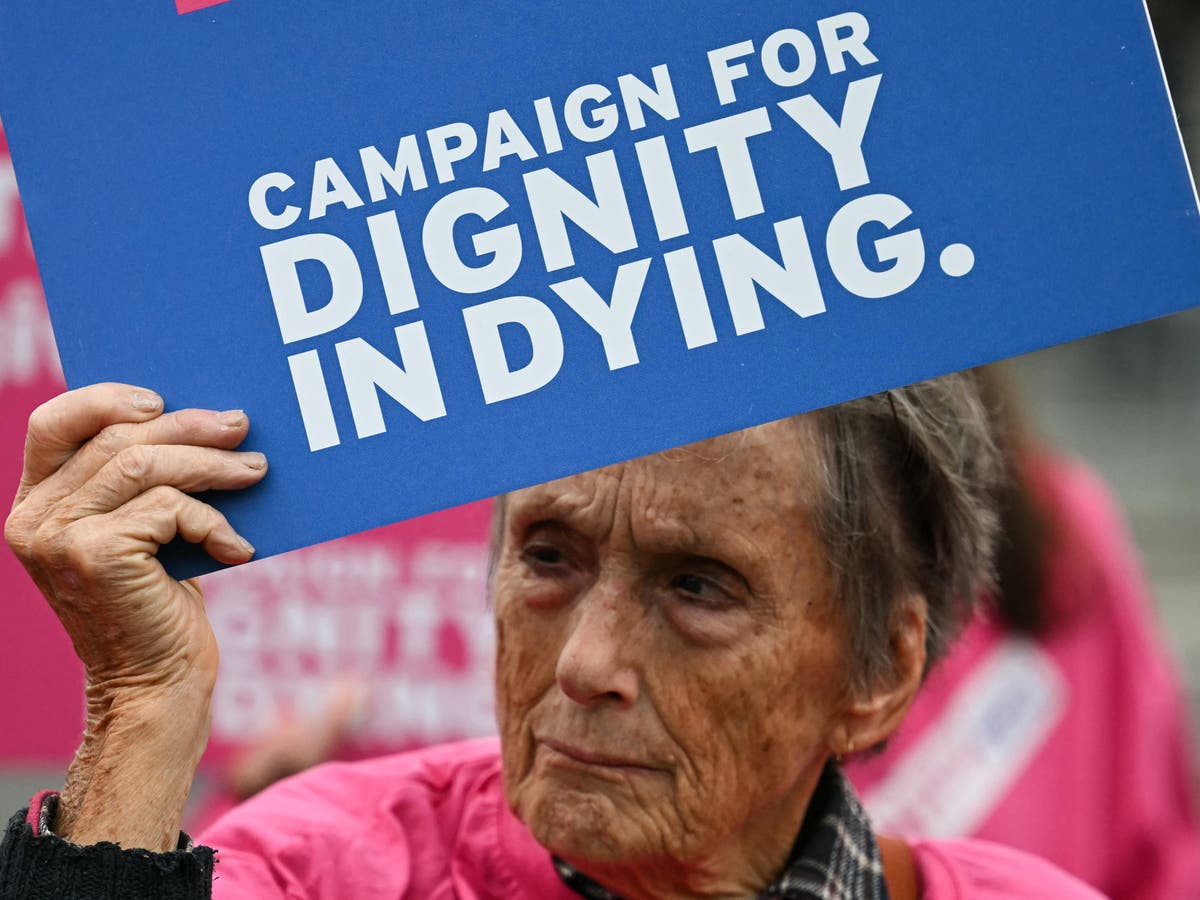
While calorie labels didn't curb intake, they made diners more calorie-conscious and slightly better at estimating their meals' caloric content. Study: Evaluating the association between the introduction of mandatory calorie labelling and energy consumed using observational data from the out-of-home food sector in England . Image Credit: faizol musa / Shutterstock In a recent study published in the journal Nature Human Behavior , a group of researchers evaluated whether the introduction of mandatory calorie labeling in England's out-of-home food sector (OHFS) influenced consumer behavior, including calorie awareness, purchasing, and consumption.
Background The OHFS frequently offers energy-dense and high-calorie foods, contributing to obesity risk. In the United Kingdom (UK), 27% of adults consume OHFS meals weekly, a concern given the 26% obesity prevalence in England and its links to diseases like type 2 diabetes, cardiovascular disease, and certain cancers. Despite voluntary kilocalorie (kcal) labeling initiatives since 2011, compliance has been limited, prompting mandatory legislation in 2022 for large businesses.

Evidence from other countries, such as the United States (US) and Canada, suggests kcal labeling may modestly influence consumer behavior, but impacts are context-dependent. Further research is needed to explore its effects across diverse populations. About the study Modest Impact on Calorie Estimation: While the introduction of mandatory calorie labeling did not significantly reduce the calories purchased or consumed, it did lead to a slight improvement in customers' ability to estimate the calorie content of their meals, reducing underestimation by 30 kcals.
In the present study, participants provided informed verbal consent and were compensated with a £5 shopping voucher for their involvement. The study protocol and analysis plan were pre-registered on the Open Science Framework. An observational study design compared data collected before and after the implementation of mandatory calorie labeling legislation in England.
Data collection occurred in four regions, selected to represent a range of deprivation levels across different geographical areas. Businesses subject to the legislation, identified through official registers, were stratified and randomly sampled to ensure representation of various food outlet types. Outlets that did not permit data collection or did not qualify under the legislation were replaced through re-sampling.
Customer exit surveys were conducted outside selected outlets to gather data on calories purchased and consumed, awareness of calorie labeling, and labeling usage. Participants aged 16 or older provided demographic information and details about their purchases. Calorie content was estimated using a nutritional information database supplemented with business-specific data.
Survey timing and methodology were consistent across pre- and post-implementation periods to minimize bias. Data were analyzed using regression models adjusted for demographic and outlet characteristics. Results were tested for differences pre- and post-legislation, with additional analyses exploring interactions with demographic variables.
Study results Variations by Outlet Type: Participants were more likely to notice calorie labels in pubs compared to cafes, suggesting that the purchasing environment and conditions, such as menu display and viewing time, may influence label awareness. A total of 6,578 participants were surveyed, with 3,308 surveyed pre-implementation and 3,270 post-implementations. Demographic characteristics, including age, gender, and ethnicity, were consistent across time points, though the pre-implementation sample included a higher proportion of participants with lower socioeconomic positions (SEP).
Participants were recruited from various outlets, including pubs, restaurants, fast-food outlets, cafes, and entertainment venues, with similar proportions sampled pre- and post-implementation. The mean energy purchased increased slightly from 1,007 kcal (standard deviation (s.d.
) 630) pre-implementation to 1,081 kcal (s.d. 650) post-implementation, while energy consumed rose from 909 kcal (s.
d. 547) to 983 kcal (s.d.
587). However, regression models showed no statistically significant differences in calories purchased (Beta (B) = 11.31, P = 0.
564) or consumed (B = 18.51, P = 0.279) between timepoints.
Bayes factors in unadjusted models demonstrated strong support for the null hypothesis for kcals purchased and consumed. Demographic factors influenced purchasing patterns; for instance, younger adults and males purchased more calories, while individuals from non-white ethnic backgrounds purchased fewer calories. Time of day and day of the week also affected calorie purchases, with higher values observed for evening meals and weekends.
Customers underestimated the calorie content of their meals across both time points. The degree of underestimation decreased slightly post-implementation, from 247 kcal to 217 kcal, but Bayes factors supported the null hypothesis. Regression models revealed that participants from higher SEPs and white ethnic backgrounds demonstrated greater accuracy in calorie estimation.
Underestimation was more pronounced for meals purchased from restaurants and fast-food outlets than cafes. Noticing calorie labels increased significantly from 16.5% pre-implementation to 31.
8% post-implementation (odds ratio [OR] 2.25, P < 0.001).
Of those who noticed the labels, 19% reported using the information pre-implementation, rising to 22% post-implementation (OR 2.15, P < 0.001).
Most participants who used the labels did so to select lower-calorie options. Noticing and using calorie labels were influenced by demographic factors, with females and individuals with higher SEP reporting greater engagement. Participants in less affluent areas were more likely to notice calorie labels than those in affluent areas.
Differences in outlet type and purchasing conditions also affected noticing rates, with higher noticing reported in pubs compared to cafes. A related study found compliance rates with the labeling legislation to be around 80%, which could explain the limited impact of the policy. Conclusions To summarize, the study found no significant changes in kcals purchased or consumed in England’s OHFS pre- versus post-implementation of mandatory calorie labeling legislation.
While noticing that calorie labels increased and customers slightly improved their calorie estimates, the reported use of labeling remained low (3% increase). Strengths included a diverse, large sample across multiple regions, but reliance on self-reported data and limited compliance with labeling requirements may have influenced results. The policy alone showed minimal impact, but it may contribute to broader public health strategies.
Future research should explore the potential need for public education campaigns to increase understanding and use of calorie labels, as well as the impact of menu reformulation on overall calorie consumption. Polden, M., Jones, A.
, Essman, M. et al. Evaluating the association between the introduction of mandatory calorie labelling and energy consumed using observational data from the out-of-home food sector in England.
Nat Hum Behav (2024). DOI: 10.1038/s41562-024-02032-1 https://www.
nature.com/articles/s41562-024-02032-1.














